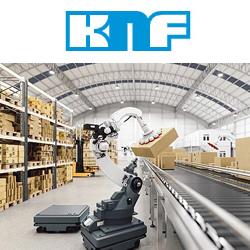A new standard in robotics
Innovative Machine Learning Training Method Opens New Possibilities for Artificial Intelligence
Irishman's soft robotics exosuit wins major tech award
Meet the robot whisperer who trains "big, monstrous, industrial robots" to follow her every command
Care-O-bot 4 celebrates its premiere as a shopping assistant
Relay Is a Robot Butler Coming to a Hotel Near You
ASU Robot learns to shoot hoops
Deepmind and Blizzard to Release Starcraft II as an AI Research Environment
Self-drive delivery van can be 'built in four hours'
New US Robotics Roadmap calls for increased regulations, education and research
Swarm of Origami Robots Can Self Assemble Out of a Single Sheet
As seen on TV! Neural Enhance
Sweden places ban on flying camera drones without surveillance permits
Virtual Immortality: Reanimating characters from TV shows
Foxconn reaches 40,000 robots of original 1 million robot automation goal
Records 1051 to 1065 of 1677
First | Previous | Next | Last
Featured Product

KNF - Automation Technology Requires Reliable and Durable Pumps
Robotics and Automation - Featured Company

